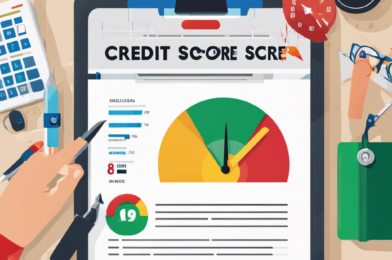Living in a bustling, vibrant city can be an incredible experience, but it often comes with a hefty price tag. From sky-high rent to the cost of entertainment, urban life can put a strain on your wallet. However, with a few strategic adjustments, it is possible to save money without sacrificing the city lifestyle you love. Here’s a comprehensive guide to help you navigate the financial challenges of city living.
**Accommodation Savings:**
One of the biggest expenses in an expensive city is accommodation. Consider options like sharing a house or apartment to split the rent and utilities. Alternatively, look for neighborhoods slightly farther from the city center, as rent tends to decrease with distance. Negotiating rent with your landlord or searching for rent-controlled apartments can also result in significant savings over time.
**Transportation Tips:**
Public transportation is your best friend when saving money in a city. Invest in a monthly or yearly pass to save on commuting costs. If public transport is not an option, consider carpooling or joining a ride-sharing program. These options can reduce transportation expenses and even provide opportunities to make new friends.
**Grocery Shopping Strategies:**
Grocery costs can quickly add up in cities, but smart shopping can help. Plan your meals, create a grocery list, and stick to it. Buy in bulk when items are on sale, especially non-perishables. Explore local markets and discount stores for more affordable options, and don’t be afraid to try store brands, which are often just as good as name-brand products at a fraction of the cost.
**Entertainment on a Budget:**
Cities offer numerous entertainment options, but they don’t have to break the bank. Look for free events like community festivals, museum days, or outdoor concerts. Take advantage of happy hours and restaurant specials for dining out. Many cities also have discount websites for activities like theater shows or sporting events.
Living in an expensive city doesn’t mean you have to compromise your financial goals. By implementing these strategies, you can enjoy the urban lifestyle while keeping your savings intact. Remember, small changes in your daily habits can lead to substantial savings over time.










